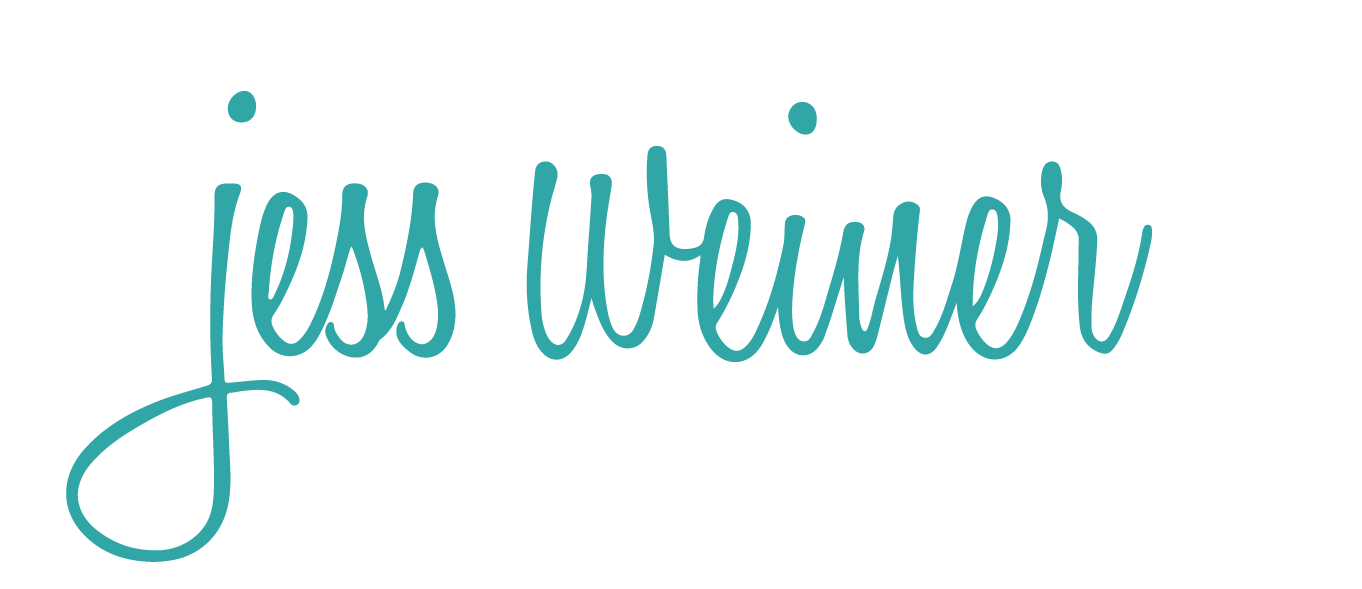Get Out director, Jordan Peele, developed a thought-provoking script and crafted a suspenseful thriller wrapped in powerful social commentary. I can’t say it enough, but if you haven’t seen it, you should see it! If you’ve only seen it once, make sure you grab it on DVD in May and share with a friend!
As someone who has dedicated their career to working on issues and creating messages that positively impact women, girls, and families, seeing this movie was a must. What I found was an experience and story that left me speechless, humbled, and tremendously grateful for every word. This film brilliantly brings to life the unsettling realities and complex effects of racism in America. It touches on so many social issues of family, society, and culture that I’m still thinking about it (and talking about it constantly with my husband)!
Here’s why you should see it a few times:
- Shortly after its’ release, Get Out has become the highest-grossing movie ever for a feature debut for a writer/director of an original screenplay. Patronizing great films gives room and resources for more great films to hit the box office!
- Seeing a suspenseful thriller that also has a strong comedic timing is a rarity! This movie will surprise you with elements that normally go unseen in blockbuster thrillers.
- It’s a great opportunity to just listen in. With so much noise in our political climate, we need the chance to listen to necessary, yet sometimes overlooked perspectives. Through Get Out, Jordan presents a unique point-of-view on a very specific cultural experience through a multidimensional lens that can resonate with any viewer.
- Full of subliminal messages, it’s impossible to catch everything the first time. A second viewing offers a deeper look and listening of messages concerning race, relationships, family, culture, and society to name a few.
- It adds more concrete proof that stories produced and directed by people of color are profitable for the entertainment industry in more ways than one.
There’s so much to unpack from Get Out, and I can’t wait to see Jordan Peele’s next project!















